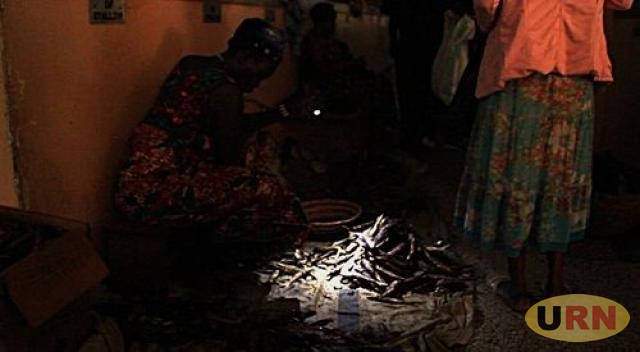
Arua, Uganda | THE INDEPENDENT | Vendors at Arua’s main market are irked by a six-month power blackout and are accusing their market leadership of not working to rectify the problem.
The market was plunged into darkness six months ago and many vendors are not happy. The most affected are those dealing in beverages, ground nuts and simsim paste.
According to the vendors they have continued to count on losses yet they have taxes to pay and other expenses.
Sally Bako, one of the fish vendors explains that she has made a loss of over 1 million shillings since customers can’t determine the quality of the fish she is selling. Rahma says that they may be tempted to close all their businesses in protest of the continued darkness in the market.
Ashraf Brahan another vendor says that they are demanding the accountability of the market dues.
Nelson Dada, the Chairperson Arua Main Market Vendors Association explained that a recent census conducted in May indicated that at least over 2,000 vendors had vacated stalls and lockups of the market due to a lack of electricity and water.
According to Dada the leadership of the vendors had raised several challenges to the City Authority through the Arua central division council but their efforts have been frustrated by silence from the authority.
Due to failure to pay electricity arrears of 55 million Shillings as per records from West Nile Rural Electrification Company Limited- WENRECo, power was disconnected.
Drakuma Malik the Town Clerk of Arua Central Division appealed for patience from the vendors as they work round the clock to ensure the power supply is restored.
Construction of the Arua main market was funded by the Africa Development Bank and constructed by Sadeem Al-Kuwait General Trading and Contracting Company to the tune of 34.9 billion Shillings.
It was constructed under the second phase of the Market and Agricultural Trade Improvement Program (MATIP II) to accommodate a total of 5,012 vendors venturing into different commodities however at the time of allocation only 3,462 entered the market.
****
URN
 The Independent Uganda: You get the Truth we Pay the Price
The Independent Uganda: You get the Truth we Pay the Price


